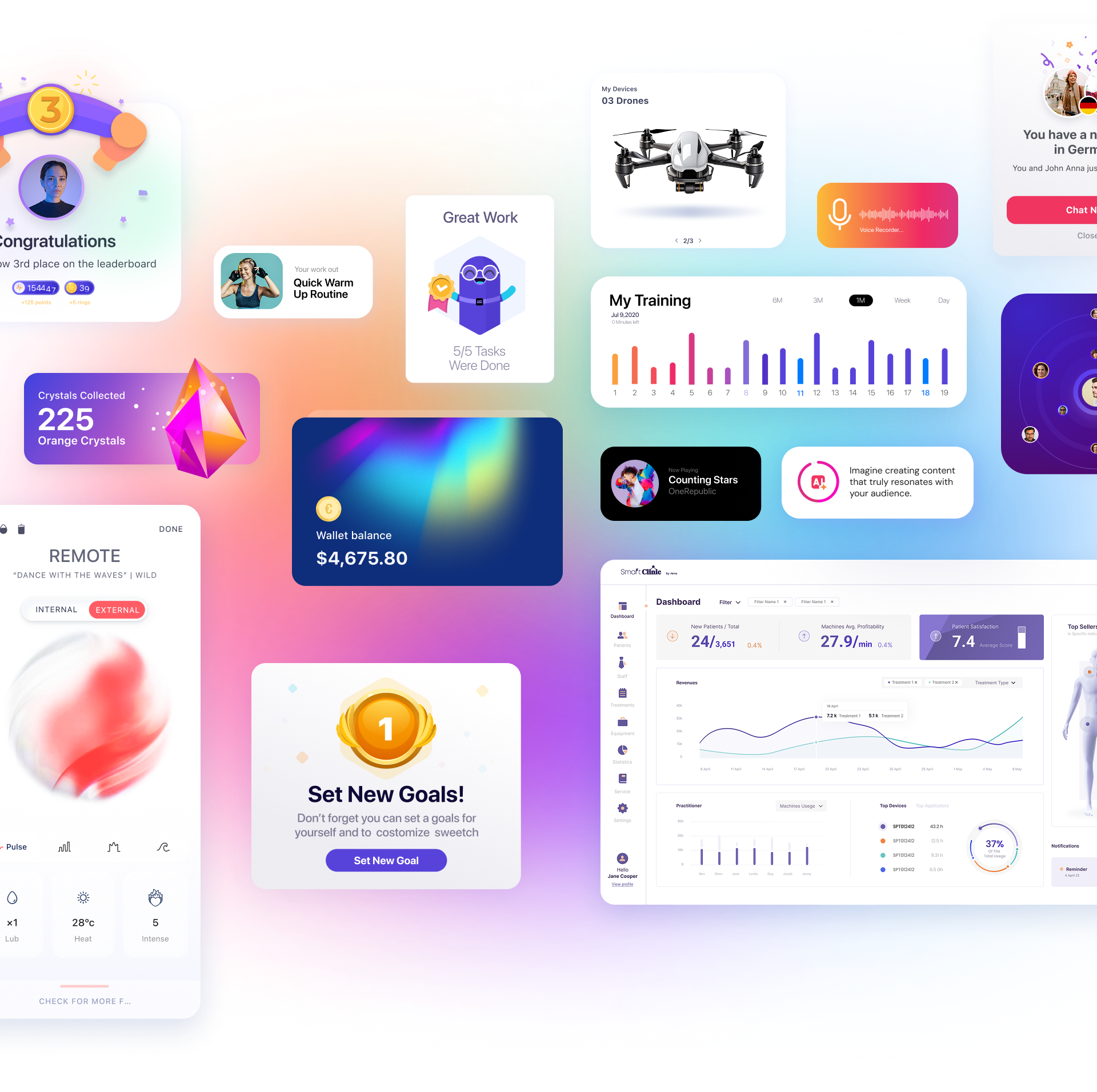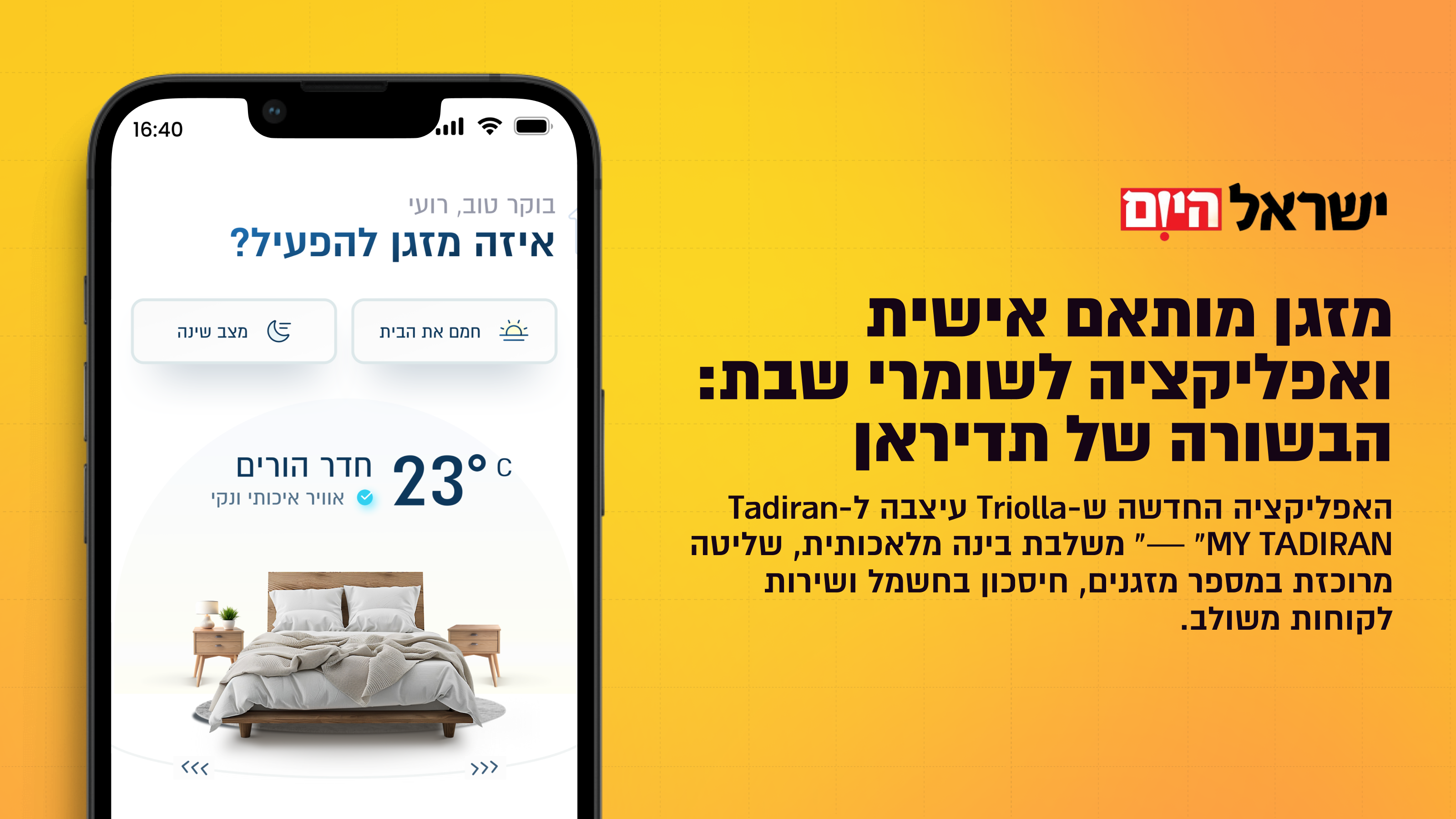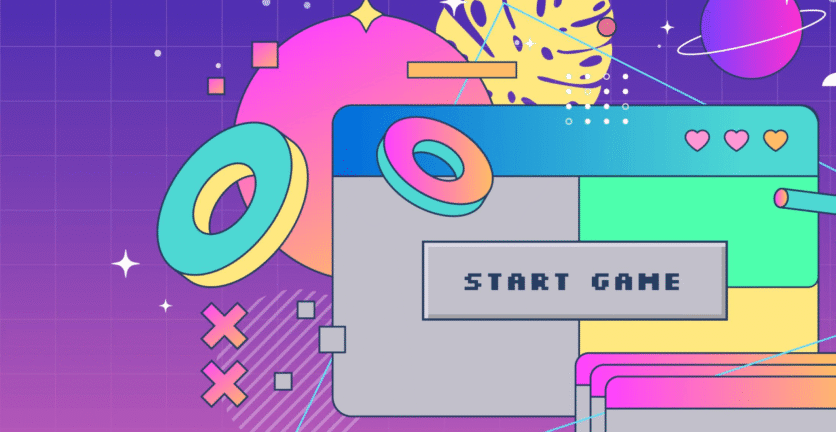Animation in user interfaces has been an issue of hot debates for several years so far. It’s especially active in the domain of conceptual animation for user interfaces. It offers creative experiments and pushes the limits of UI motion.
Building a smart home app today is about much more than just technology. It’s about understanding users, creating real value, and delivering a seamless experience that feels both innovative and intuitive. Our journey with Tadiran Group is a great example of how thoughtful product design and close collaboration can lead to a digital product that truly makes a difference.
When we first started working with Tadiran, our shared vision was clear: to create an app that would change the way people interact with their homes. For us as a product team, this meant looking beyond features and focusing on the bigger picture, how to make smart home technology accessible and enjoyable for everyone.
One of the first challenges we faced was introducing Israeli users to a new way of controlling their home appliances from their phones. This wasn’t just about building a set of features; it was about educating the market, building trust, and making sure the experience was simple and inviting. We spent months researching, testing, and refining every aspect of the app, always putting the user at the center of our decisions.
From a design perspective, our goal was to create an interface that feels natural and easy to use, even for those who aren’t tech-savvy. We paid close attention to every detail, from the layout of the screens to the flow of actions, making sure that users could manage all their devices from one place without feeling overwhelmed. The result is an app that lets people control their air conditioners, air purifiers, and other smart devices with just a few taps, whether they’re at home or on the go.
Working closely with Tadiran’s team was key to our success. Collaborated throughout the process, sharing feedback and ideas in real time. This teamwork allowed us to quickly identify what worked, what needed improvement, and how to deliver the best possible experience.
As the app began to roll out, we also started preparing it for international markets. Expanding to Europe, including Italy, meant adapting the product for different user needs and devices, while keeping the core experience consistent. This required careful planning around localization and scalability, ensuring that the app could grow and evolve as new opportunities emerged.
Looking back, there are a few lessons that stand out for anyone working in product management or digital design. Listening to users and learning from their feedback is essential. Collaboration across teams leads to better solutions. And above all, focusing on simplicity and clarity helps users embrace new technology with confidence.
We’re proud to have been part of this project and grateful to Tadiran for their trust and partnership. Thanks also to our dedicated team, whose creativity and commitment made this vision a reality. A special thank you to Nofar Mamrud, Nir Cohen, and Moshe Mamrud for their leadership, partnership, and trust throughout the journey.
The future of the smart home is already here, and we invite you to be part of it.
Want to read more?
Check out the full articles:
Israel Hayom – Tadiran’s New App
Geektime – Tadiran’s New App





 Book a Call
Book a Call





